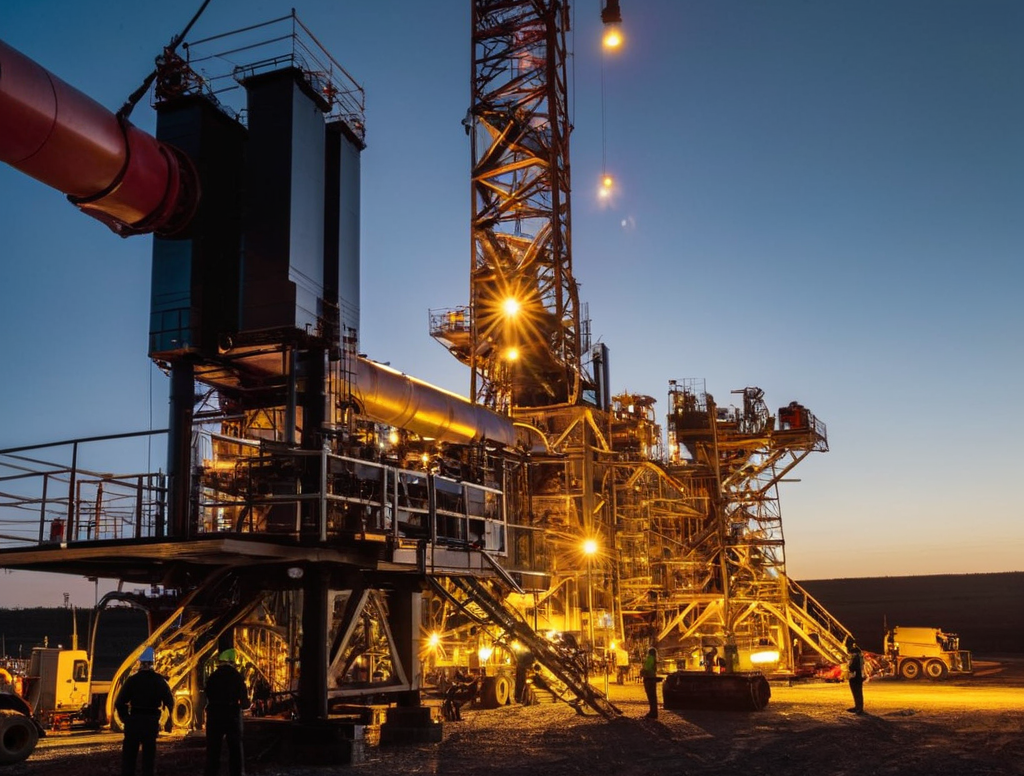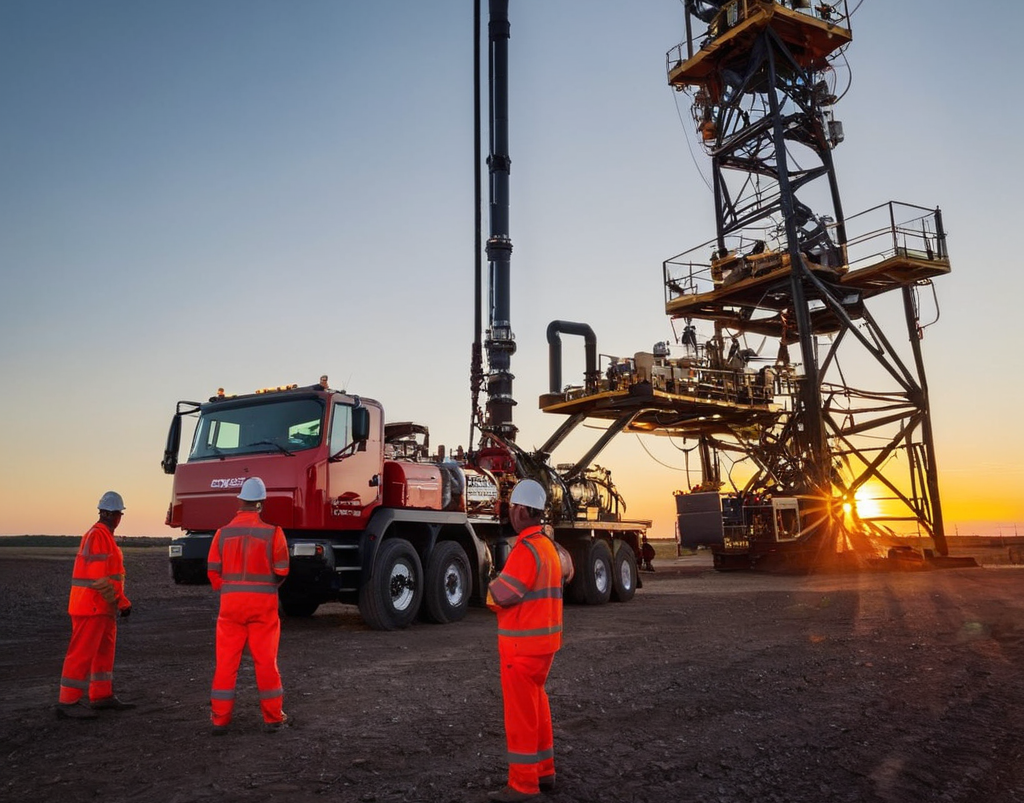The Power of Wireline Services in Optimizing Well Production

In the ever-evolving landscape of the oil and gas industry, optimizing well production is a primary objective. Effective production not only increases revenue but also ensures the longevity and efficiency of reservoirs. Among the many tools and techniques that contribute to this goal, wireline services stand out as a powerful and indispensable asset. In this blog, we will explore the significant role that wireline services play in optimizing well production.
Understanding Wireline Services
Wireline services involve the use of specialized tools and equipment to assess downhole conditions, perform maintenance, and optimize production in oil and gas wells. The term “wireline” itself refers to a thin cable or wire that is inserted into the wellbore and used to lower and retrieve tools and sensors. These services are employed in various phases of a well’s life cycle, from exploration and drilling to production and maintenance.
Key Functions of Wireline Services:
- Production Enhancement: Wireline services are integral to maintaining or increasing well productivity. They can be used to conduct well interventions such as cleanouts, scale removal, and perforation to enhance reservoir performance.
- Data Acquisition: Wireline tools are equipped with sensors that provide real-time data on downhole conditions. This data is crucial for assessing the well’s health, optimizing production, and identifying any issues that need attention.
- Reservoir Evaluation: Wireline services offer the ability to perform logging operations to evaluate the reservoir’s characteristics, including porosity, fluid saturation, and pressure. This information is essential for making informed decisions about production strategies.
- Troubleshooting: When issues arise in a well, wireline services can be used for troubleshooting and diagnostics. This includes identifying the source of problems, such as obstructions or equipment failures.

The Advantages of Wireline Services:
- Efficiency: Wireline operations are typically faster and less intrusive than traditional methods, reducing downtime and operational costs.
- Precision: Wireline tools provide high-resolution measurements and imaging, allowing for accurate and detailed assessments of well conditions.
- Real-Time Monitoring: The ability to obtain real-time data from downhole environments enables operators to make immediate decisions and adjustments, enhancing operational efficiency.
- Versatility: Wireline services can be adapted to various well types and operational requirements, making them suitable for a wide range of scenarios.
Case Study: The Impact of Wireline Services
Let’s look at a real-world example to illustrate the power of wireline services in optimizing well production:
In a mature oil well with declining production, wireline services were employed to evaluate the well’s reservoir. The wireline logging tools identified zones with bypassed oil, provided precise information on reservoir characteristics, and guided the placement of new perforations. The result? A significant increase in oil production, extending the life of the well and maximizing the operator’s return on investment.

Conclusion
Wireline services are at the forefront of technology and innovation in the oil and gas industry. Their capacity to optimize well production, assess reservoir conditions, and troubleshoot issues makes them a crucial tool for operators and engineers. By leveraging wireline services, oil and gas companies can improve well performance, extend well life, and maximize the profitability of their operations. In an industry where efficiency and productivity are paramount, wireline services have proven to be an invaluable asset.











